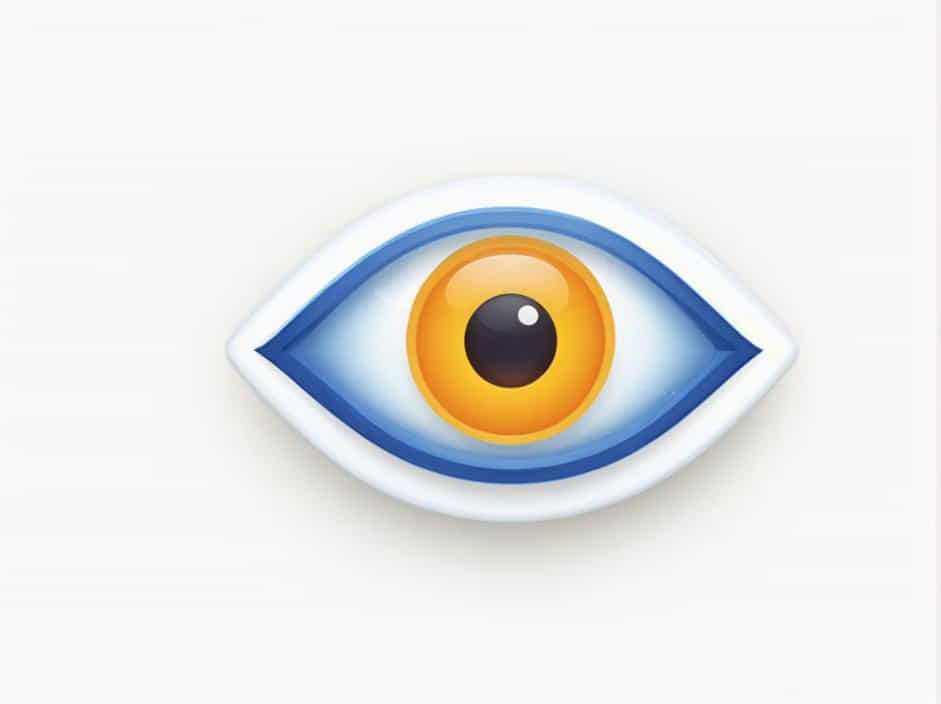The innermost layer of the eye is called the retina. This delicate and highly specialized layer plays a critical role in vision by converting light into electrical signals that the brain interprets as images. Without the retina, the eye would be unable to process visual information.
Understanding the structure, function, and importance of the retina helps in recognizing how vision works and why retinal health is essential. This topic explores the retina’s role in eyesight, its components, and common diseases that affect it.
Anatomy of the Retina
The retina is a thin, light-sensitive layer located at the back of the eye. It consists of several layers of neurons and photoreceptor cells that work together to detect light and transmit signals to the brain.
Key Components of the Retina
-
Photoreceptors – These are light-sensitive cells that detect different intensities and colors of light. They include:
- Rods – Function in low-light conditions and provide black-and-white vision.
- Cones – Detect colors and work best in bright light.
-
Macula – A small central area of the retina responsible for sharp, detailed vision. It contains a high concentration of cones, making it essential for tasks like reading and recognizing faces.
-
Fovea – Located at the center of the macula, the fovea provides the highest visual acuity and is densely packed with cones.
-
Optic Nerve – Transmits electrical signals from the retina to the brain, where they are processed into images.
Function of the Retina
The retina’s primary function is to capture light and convert it into neural signals that the brain interprets as images. This process involves multiple steps:
- Light enters the eye through the cornea and lens, focusing onto the retina.
- Photoreceptors (rods and cones) absorb light and generate electrical signals.
- These signals are processed by retinal neurons and sent to the optic nerve.
- The brain interprets the signals, creating the images we see.
Color Vision and Light Sensitivity
- Cones allow us to perceive colors by detecting red, green, and blue light.
- Rods help us see in dim light but do not detect color.
- The retina adjusts light sensitivity depending on the environment, ensuring clear vision in both bright and dark conditions.
Common Diseases Affecting the Retina
Several eye conditions can damage the retina and impair vision. These include:
1. Retinal Detachment
- Occurs when the retina separates from the underlying tissue, disrupting vision.
- Symptoms include sudden flashes of light, floaters, and vision loss.
- Requires immediate medical treatment to prevent blindness.
2. Age-Related Macular Degeneration (AMD)
- Affects the macula, leading to loss of central vision.
- Common in older adults and can be dry (slow progression) or wet (rapid and severe).
- Risk factors include age, smoking, and genetics.
3. Diabetic Retinopathy
- A complication of diabetes that damages retinal blood vessels.
- Can cause bleeding, swelling, and vision loss.
- Early detection and blood sugar control help prevent progression.
4. Glaucoma
- A condition where increased eye pressure damages the optic nerve.
- Often leads to peripheral vision loss.
- Can be managed with medication or surgery if detected early.
5. Retinitis Pigmentosa
- A genetic disorder that causes gradual loss of night and peripheral vision.
- Affects the rods first, followed by the cones.
- No cure, but treatments like vitamin A supplements and visual aids can help.
How to Protect Retinal Health
Taking care of your retina is crucial for maintaining good vision throughout life. Here are some effective ways to keep the retina healthy:
1. Eat a Nutrient-Rich Diet
- Foods rich in vitamins A, C, and E, as well as omega-3 fatty acids, help protect the retina.
- Leafy greens, fish, carrots, and nuts are excellent choices.
2. Wear Sunglasses
- UV rays can damage the retina over time.
- Wearing sunglasses with 100% UV protection reduces the risk of retinal damage.
3. Manage Chronic Conditions
- Diabetes and high blood pressure can damage retinal blood vessels.
- Controlling these conditions helps prevent diabetic retinopathy and hypertensive retinopathy.
4. Avoid Smoking
- Smoking increases the risk of macular degeneration and other retinal diseases.
- Quitting smoking improves overall eye health.
5. Regular Eye Exams
- Many retinal diseases develop slowly and without symptoms.
- Routine eye exams allow early detection and treatment.
6. Take Breaks from Screens
- Prolonged exposure to screens can cause digital eye strain.
- Follow the 20-20-20 rule: Every 20 minutes, look 20 feet away for 20 seconds to reduce eye strain.
The retina is the innermost layer of the eye and is essential for vision. It converts light into electrical signals, which the brain processes into images. The retina contains photoreceptors (rods and cones), the macula, and the optic nerve, all of which contribute to clear vision.
Retinal diseases such as macular degeneration, diabetic retinopathy, and retinal detachment can lead to vision loss if left untreated. Maintaining a healthy lifestyle, protecting the eyes from UV rays, and scheduling regular eye exams are crucial for retinal health and long-term vision.
By understanding the function and importance of the retina, we can take better care of our eyes and preserve our sight for years to come.
